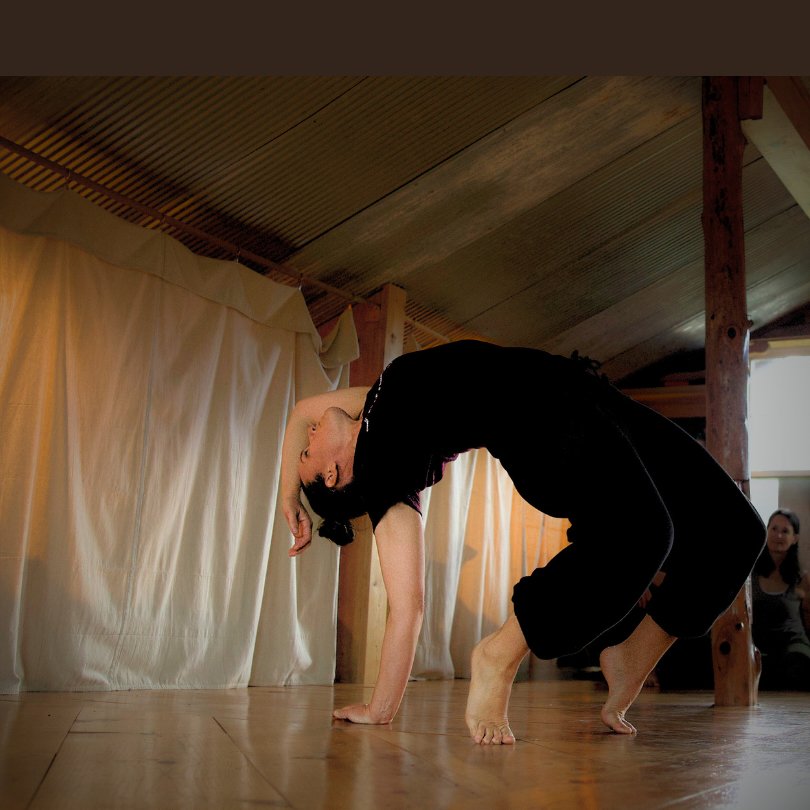The Evolution of the Spine
One of the most remarkable things about humans is our ability to walk upright on two legs. While other animals occasionally walk this way, homo sapiens are the only species that use bipedal walking as their primary mode of movement. This evolutionary adaptation sets us apart, giving us distinct biomechanical advantages. Let's explore how our anatomy has evolved to support this unique ability and why it matters for movement, posture, and overall health.
The Pelvis: Our Foundation for Upright Walking
A key evolution in our ability to walk upright lies in the design of our pelvis. Compared to chimpanzees, human pelvises are shorter and oriented to face laterally. These changes allowed our gluteal muscles—gluteus minimus and gluteus medius—to develop functions beyond just hip extension. In humans, these muscles stabilize the pelvis, enabling us to balance on one leg and walk with ease, while chimpanzees lurch from side to side when walking upright.
Additionally, the angle and depth of our hip sockets position our legs directly under the pelvis, forming a stable base of support. This stability is essential for efficient walking and standing, unlike chimpanzees, whose legs remain farther apart during upright movement, making their gait less efficient.
The Spine: An Architectural Marvel
Our spine’s “S” shape is another vital adaptation for bipedalism. Unlike the single-curve spine of chimpanzees, our three curves—lumbar (lower back), thoracic (upper back), and cervical (neck)—work together to balance our torso and head over our pelvis. This alignment reduces the muscular effort needed to stand and walk, conserving energy.
The human lumbar spine is particularly noteworthy, with its inward curve that supports the torso's weight directly over the legs. Our cervical curve ensures our head stays level with the horizon, promoting efficient movement and reducing strain on the neck muscles.
The Rib Cage: Compact and Mobile
Our rib cage also evolved to support upright walking. Compared to the cone-shaped rib cage of chimpanzees, our barrel-shaped rib cage is smaller at the bottom, reflecting changes in diet and activity. This shape allows greater spinal mobility, particularly rotation, which is crucial for smooth, rhythmic walking. This rotation helps absorb the impact of each step, keeping our head steady and making walking more energy-efficient.
Why Does This Matter for Your Posture and Movement?
When these anatomical systems—pelvis, spine, and rib cage—are properly aligned and mobile, we move with ease and grace. However, modern lifestyles often lead to poor posture, such as a forward head position or a rigid spine. Over time, these misalignments increase muscular effort, cause pain, and reduce mobility.
For example, every inch your head moves forward increases the load on your neck by 10 pounds, leading to strain and eventual dysfunction. Reversing these effects requires intentional movement practices that restore natural alignment and mobility.
How Asana & Yoga Therapy Help
Yoga therapy integrates biomechanical knowledge to assess and correct these misalignments. Here’s how:
Soft Tissue Work: Using props and tools to release tension around tight joints and muscles.
Targeted Stretches: Reforming tissues to support natural joint positioning.
Developmental Movements: Practicing fundamental motions like crawling, kneeling, and balancing on one leg to retrain efficient movement patterns.
Postural Alignment Checks: Using positions like Shavasana and standing against a wall to evaluate progress.
These practices not only restore mobility and alignment but also build the foundation for efficient walking and daily movement.
Join Us on the Path to Optimal Movement
At Circle Yoga Shala, we’re passionate about helping you understand and improve how your body moves. Through programs like our 300-hour Yoga Teacher Training and MoveWise: Biomechanical Assessment & Correction Certification, we teach the science of movement and its application in yoga and beyond. These programs are designed to empower you with the tools to align your body, free your joints, and enhance functional movement.


